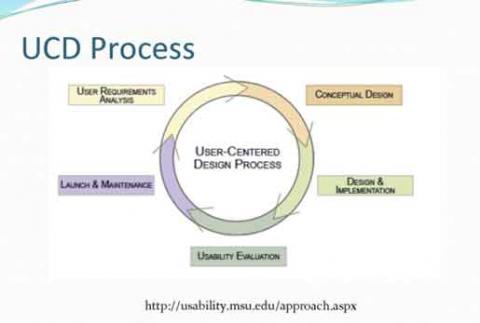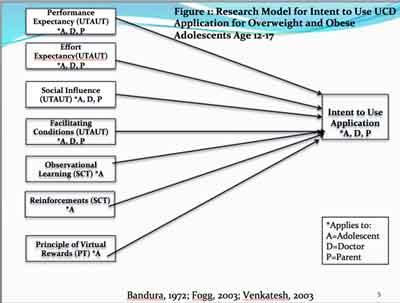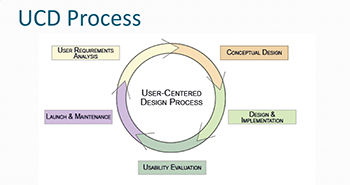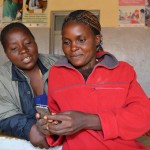Reaching Youth with Innovative Health Communication Campaigns
Health info rmation is an important first step in ensuring that young people adopt healthy behaviors and attitudes. But, some young people lack access to it, and they are bombarded with contrary media that subtly encourages them to take risks. However, evidence-based health communication interventions have successfully broken through to youth using innovative technology apps, campaigns that capitalize on social media trends, and creation of youth-friendly characters or role models.
rmation is an important first step in ensuring that young people adopt healthy behaviors and attitudes. But, some young people lack access to it, and they are bombarded with contrary media that subtly encourages them to take risks. However, evidence-based health communication interventions have successfully broken through to youth using innovative technology apps, campaigns that capitalize on social media trends, and creation of youth-friendly characters or role models.
On March 11th, the Health Communication Capacity Collaborative (HC3) hosted a webinar on youth health communication campaigns, the fourth installment in the project’s Health Communication Innovation Webinar series. Cate Lane, Youth Advisor in USAID’s Global Health Bureau’s Office of Population and Reproductive Health, moderated the webinar, with help from Soma Ghoshal, global program manager at NetHope. The session included three panelists, who each shared the design and implementation of a social and behavior change communication (SBCC) campaign that targeted youth.
Dr. Amy Knoblock-Hahn, registered dietitian at the VA St. Louis Health Care System and faculty at Saint Louis University and Fontbonne University, shared the User Centered Design (UCD) approach that was used to create an adolescent obesity tool. UCD is an ongoing process that involves key stakeholders – in this case: adolescents, parents and pediatricians – to ensure that application design directly fulfills target user needs.
Knoblock-Hahn said she conducted focus groups and one-on-one interviews with adolescents, their parents and pediatricians to gather data that that helped drive the application design process. By using a UCD, the application would be designed to be useful as well as have a tailored user interface to maximize uptake with the target audience(s).
 She also noted that the Unified Theory of Acceptance and Use of Technology (UTAUT) is a helpful model for crafting questions for stakeholder interviews.
She also noted that the Unified Theory of Acceptance and Use of Technology (UTAUT) is a helpful model for crafting questions for stakeholder interviews.
Her main takeaway was stakeholders should be involved from the beginning in order to create a meaningful, useful design and user experience, and that using UTAUT to drive a UCD can help maximize success.
Maggie Silver, health communication specialist for the Centers for Disease Control (CDC), shared CDC’s virally successful ‘Zombie Apocalypse’ campaign, which helped reframe emergency preparedness in a fresh, interesting way that resonated with youth.
The goal of the campaign was to attract new audiences to the site in a cost-effective way, with limited resources. By monitoring Twitter, the CDC realized that zombies are a trendy topic with youth. By combining zombies with the CDC’s interest in bringing awareness to preparedness, the CDC wrote a blog that outlined ways to prepare for a zombie apocalypse, which recommended standard emergency preparedness guidelines used for real emergencies – having a plan, preparing a kit and being knowledgeable.. In one week, the blog attracted 3 million views, which has now grown to 5 million views to date.
Silver said the key was listening to audiences and using Twitter as a low-cost way to reach a broad audience. She also said the campaign embodied a sense of humor, which was a great way to catch the attention of young audiences. The campaign increased traffic to CDC’s emergency preparedness page by 1,000% and reached 3.6 billion users, with help from social media promotion and mainstream media coverage.
Finally, Dr. Regina Traoré-Série, resident advisor at Johns Hopkins Bloomberg School of Public Health Center for Communication Programs, showcased Super Go, a cartoon in Cote d’Ivoire designed to reach girls at risk for HIV. SuperGo provides girls with life-saving advice to help them be safe as well as guide them through key decision-making points.
SuperGo was a two-month media campaign on national Ivorian television, which had three spots on abstinence, multi-partnerships and couple communication.
In additional to television, SuperGo was put on marketing materials, t-shirts, bracelets, posters and a photonovella. In 2010, the campaign reached 3,298 girls, which then grew to 9,289 girls in 2012 and 9,402 in 2013.
During the webinar’s Q&A, participants asked the panelists for advice on how to reapply these lessons for populations that may not have access to smart phones or may be illiterate. To listen to a recording of this webinar, click here. To learn more about the presentations and see additional materials, please see the attachments below.








Leave a Reply
Want to join the discussion?Feel free to contribute!